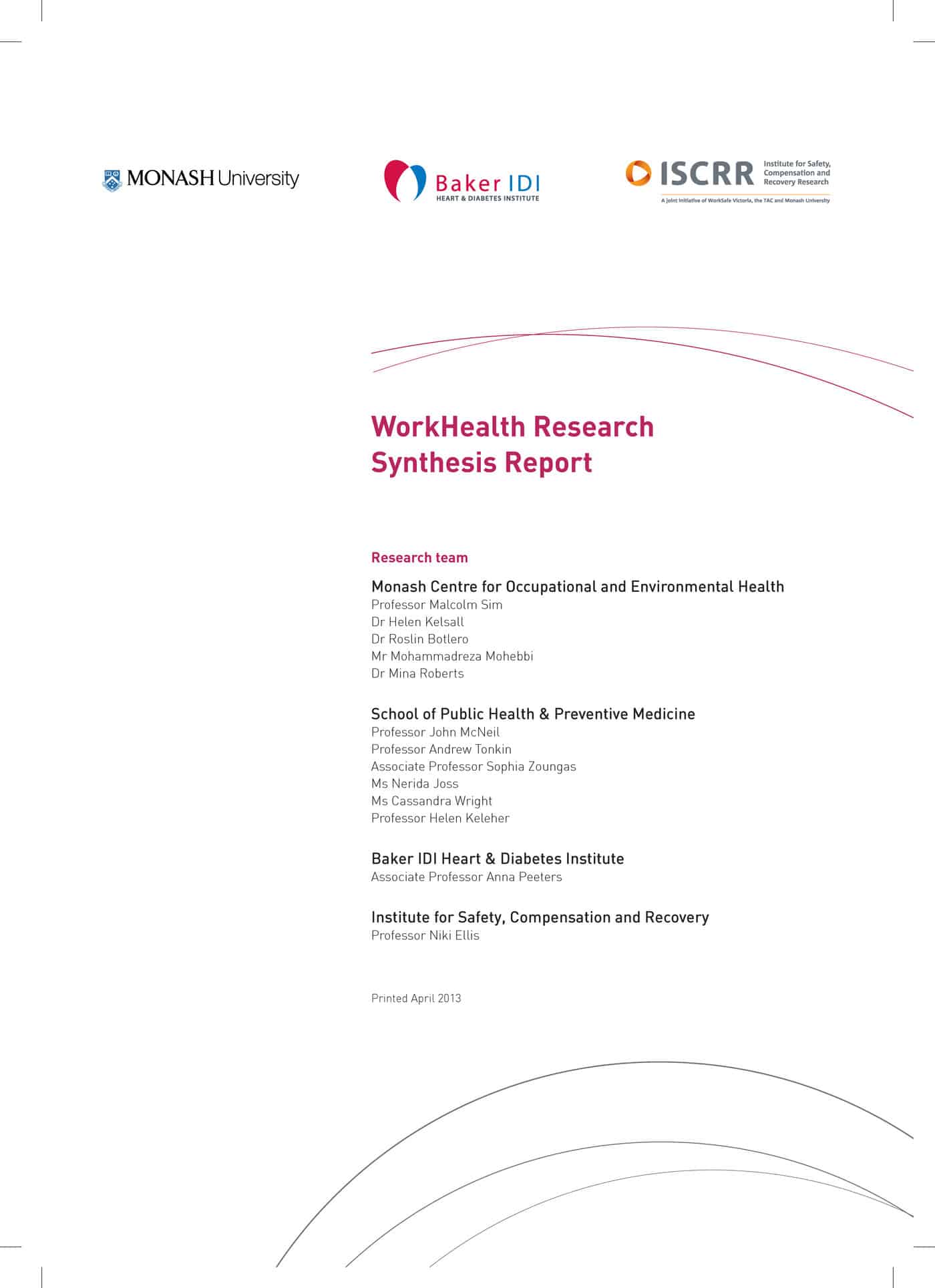 Safe Work Australia has released its latest draft code of practice for preventing and responding to workplace bullying for public comment. There are many useful and practical strategies in the draft code but workplace bullying is only a small element of the more sustainable strategy of developing a safe and respectful organisational culture.
Safe Work Australia has released its latest draft code of practice for preventing and responding to workplace bullying for public comment. There are many useful and practical strategies in the draft code but workplace bullying is only a small element of the more sustainable strategy of developing a safe and respectful organisational culture.
The definition in the May 2013 draft code is a tidied up version of the September 2011 definition:
“…repeated and unreasonable behaviour directed towards a worker or a group of workers that creates a risk to health and safety.”
The lack of difference in these definitions is a real positive given the complaints, primarily, from the business community since 2011. The significance in both definitions is that there must be a direct relationship between the behaviours and health and safety risks. This could be substantially difficult to prove, particularly if , as in most cases, it is the recipient of the bullying who needs to prove this.
Harm Prevention
Consider, for a moment, that this code of practice is used for establishing preventative measures and not just used for disproving a court case, these definitions can help establish a benchmark for creating a safe organisational culture. Continue reading “Draft bullying code and cultural measurement”




